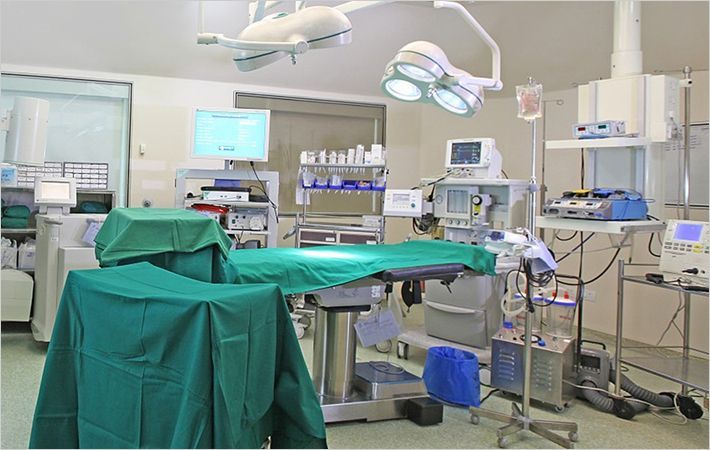Airbus Group’s electric aircraft E-Fan demonstrator marked a new chapter in aviation history after crossing the English Channel.
From takeoff at England’s Lydd Airport to touchdown at Calais-Dunkerque Airport in France, the all-electric E-Fan demonstrator performed its crossing in 38 minutes. Developed in a program coordinated by Airbus Group Innovations – the company’s corporate-level research and technology network – and integrated at Royan, France-based Aero Composites Saintonge, the fully-electric E-Fan demonstrator benefitted from an intense development program that involved a range of partners and suppliers.Airbus Group's electric aircraft E-Fan demonstrator marked a new chapter in aviation history after crossing the English Channel.From takeoff at#
The E-Fan used is paving the way for future electric aircraft that initially will enable pilot training and regional flights with general aviation airplanes that are CO2-emission-free, almost silent during flight, and highly efficient to operate, according to a company press release.
Didier Esteyne, Aero Composites Saintonge’s E-Fan designer and test pilot, started the process with an initial ground check of the aircraft’s on-board battery power and its two electric motors, followed by a rollout to the holding point adjacent to Lydd Airport’s active runway. Demonstrating the flexibility of electric power, he shut down the motors while awaiting control tower authorization, then reactivated the motors for immediate thrust to access the runway and begin the takeoff roll.
According to Olivier Michaud, Aero Composites Saintonge’s flight engineer, the E-Fan demonstrator utilized its on-board lithium-ion battery system for a total of 3,200 seconds (53 minutes) from the aircraft’s power-on at Lydd Airport to its shutdown at Calais-Dunkerque Airport. These lithium-ion batteries are composed of 2,982 cells integrated in the inboard sections of the aircraft’s left and right wings – with each set having 21 per cent of their energy remaining after the historic Channel crossing, offering a very comfortable power margin.
The batteries operated at a temperature of 60 deg. C. during the overwater flight, well below the maximum authorized temperature of 75 deg. C., Michaud added. (GK)
Fibre2Fashion News Desk - India

